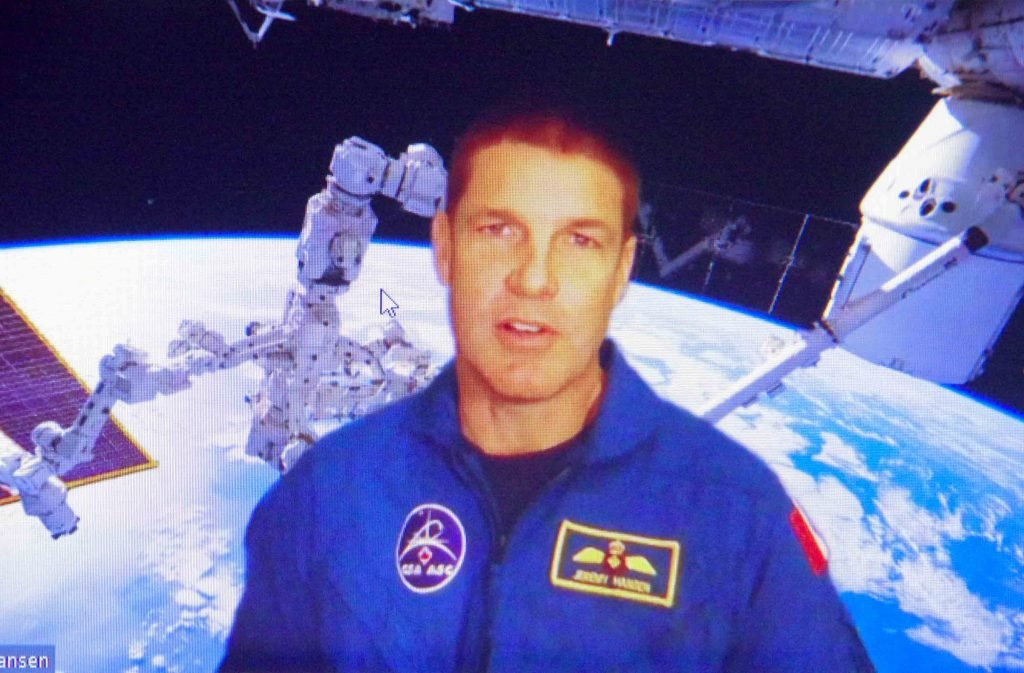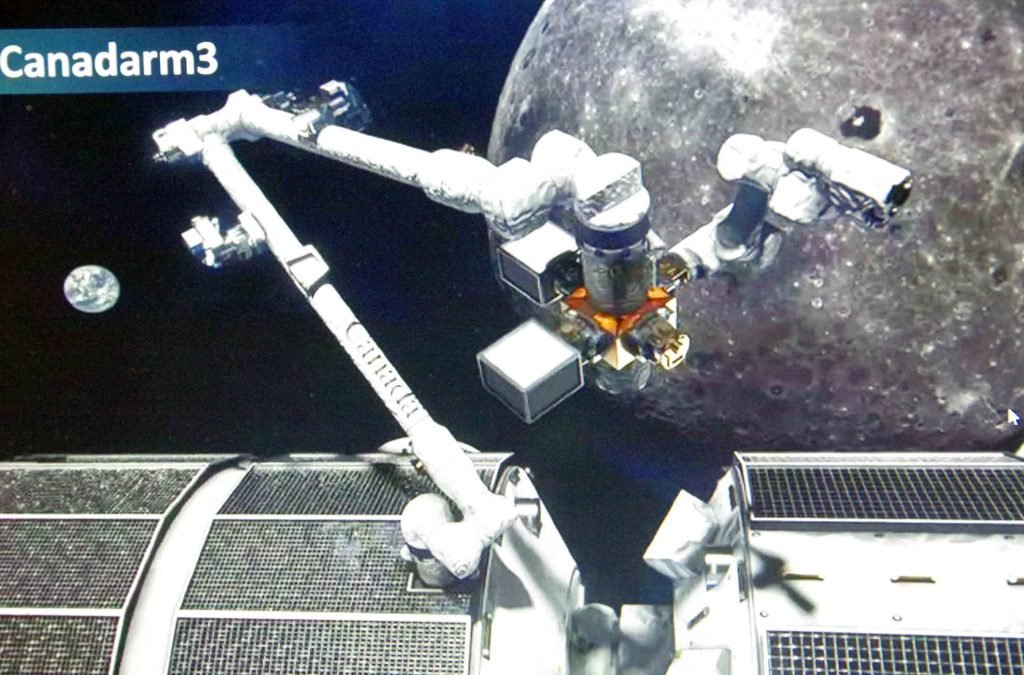Moon could soon be revealing its secrets, says Canadian astronaut Jeremy Hansen
Canadian Space Agency astronaut Jeremy Hansen joined students from across Canada last week for ‘Let’s Talk Lunar: Exploring the Moon,’ a virtual event organized by Let’s Talk Science.
Canada’s space mission
Hansen was selected to join the CSA in the 2009 CSA selection of future Canadian astronauts. Let’s Talk Science, a non-profit educational venture, focuses on education and skills development for children and youth in Canada through science, technology, engineering and math (STEM) based programs.

During the 90-minute event on April 2, done in conjunction with the CSA, Hansen talked to more than 1,000 students from grades 9 to 12 about lunar exploration, including Canada’s role in the Artemis program, the Lunar Gateway and how astronauts are preparing for missions to the Moon.
Lunar Gateway project
Just as Canada has been participating for decades along with other countries in supporting the International Space Station (ISS) which is in low Earth orbit, Canada is also participating in the planned Lunar Gateway, another space station that will be placed in lunar orbit.
The current goal is to land humans on the Moon by 2024. The last time we were on the Moon was in December 1972, when the U.S.-sponsored National Aeronautics and Space Administration (NASA) led the final mission of its Moon exploration program with Apollo 17.
Moon secrets revealed
“We learned a lot about the Moon in the late ‘60s and early ‘70s, but we have a lot more to learn,” said Hansen, adding that when the Moon was explored that last time, it was only around the equatorial region. However, now because of improvements in technology, astronauts will be able to reach other locations, including shadowed craters and the Moon’s south pole because trapped water-ice is believed to be located there.
“We need to go back,” he said. “We want to learn more about the Moon to figure out where we can build bases in the future, where we can get resources to help us explore. We want to learn more about the geology of the Moon and how we can leverage that geology.”
We learned a lot about the Moon in the late ‘60s and early ‘70s, but we have a lot more to learn
Tech advances in space
So, even though humans are returning to the Moon, Hansen said the technical advances made over the past 50 years are such that robotics will be playing an immensely more important role in the coming Moon mission.
“This human/robotic collaboration is super-important,” he said, noting the important contribution Canada made in the past to space exploration programs with development of the Canadarm1 robotic arm deployed on the Space Shuttle beginning in the early 1980s, followed by Canadarm2 in 2001 on the ISS, and Canadarm3 which will be fitted to the Lunar Gateway.
Goals important

Hansen said that if there was one thing he hoped the web conference’s participants would take away, it would be the importance of setting goals. “I don’t necessarily want you to desire being a space explorer, but I want you to set goals. Short-term goals, long-term goals, to understand that if you set goals and share those goals with others, people will enable you to accomplish amazing things.”
Hansen said that as a youth, he wanted to be a space explorer. “But I didn’t get here because I was special or better than others. I got here because I was surrounded by people who lifted me up. And that’s exactly what’s happening with our program today: we set big goals and the team is coming together and we are accomplishing incredible things.”














